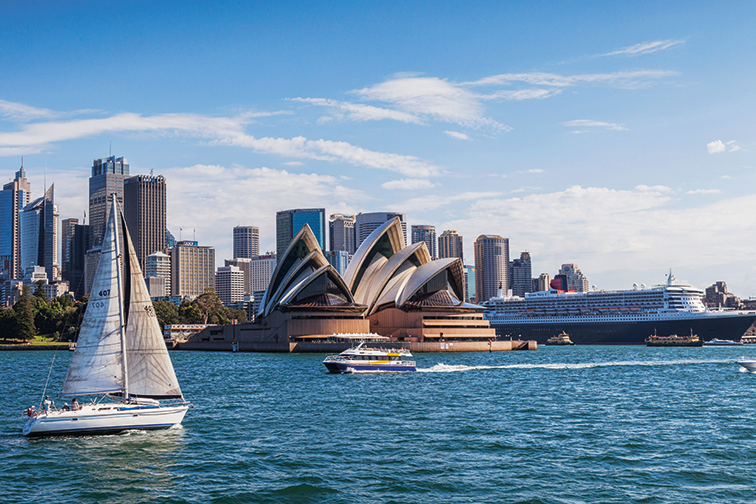
Annualised growth of 1.7% in the third quarter doesn’t seem so bad, says Tim Colebatch for Inside Story. Yet that masks the fact that growth is being driven by a fast-rising population. On a GDP-per-head basis Australia is set to be the worst performer among industrialised economies next year. Living standards are stagnating.
The debt overhang from an almighty housing bubble is acting as a significant drag on growth. By mid-2015, interest-only loans accounted for 46% of all new mortgages. While house prices have now come back down to earth, household debt levels remain equivalent to 120% of GDP, compared to 87% in the UK and just 53% in Germany.
Weighed down by debt
All that debt is hampering attempts to stimulate the economy, says Greg Jericho in The Guardian. Canberra has served up some A$4bn (£2.07bn) in tax cuts, yet Jim Stanford of the Australia Institute estimates that “not a single dollar of the tax cut is visible in aggregate consumer spending” for the most recent quarter. Instead of using the extra money to go to the shops, Australians have opted to “pay off bills or put it straight on [the] mortgage”. Private sector demand is falling: sales of new cars were down 9.8% year-on-year in November.
During previous slowdowns Australia could rely on massive commodity exports to China to bolster growth. The Middle Kingdom accounts for more than 26% of all the country’s exports. Yet with Chinese growth sagging the “lucky country’s” 27-year-long recession-free run is facing strong headwinds.
Australian stocks have not been as gloomy as the real economy. The country’s S&P/ASX 200 is up by more than 20% so far this year, close to the global average performance. The market’s 4.4% dividend yield will also be tempting. On the other hand, lower-for-longer interest rates will lower the profitability of the scandal-ridden financial sector, which makes up a chunky 30% of the ASX 200 index. Bloomberg data predicts that Australian companies will post the worst profit growth in the entire Asia-Pacific region next year. Investors in “the lucky country” will need more luck than ever before.